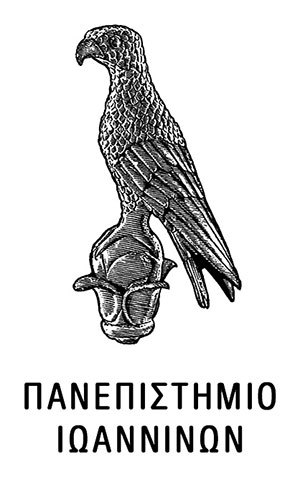Electronic structure calculations (DFT) suggest that ligand-stabilized three-membered gold(l) rings constituting the core structure in a series of cyclo-Au3LnH3-n (L = CH3, NH2, OH and Cl; n = 1, 2, 3) molecules exhibit aromaticity, which is primarily due to 6s and 5d cyclic electron delocalization over the triangular Au-3 framework (s- and d-orbital aromaticity). The aromaticity of the novel triangular gold(l) isocycles was verified by a number of established criteria of aromaticity. In particular, the nucleus-independent chemical shift, NICS(0), the upfield changes in the chemical shifts for Li+, Ag+, and TI+ cations over the Au-3 ring plane, and their interaction with electrophiles (e.g., H+, Li+, Ag+, and TI+) are indicative for the aromaticity of the three-membered gold(l) rings. Interestingly, unlike the respective substituted derivatives of cyclopropenium cation and the bora-cyclopropene carbacyclic analogues, the aromatic Au-3 rings, although exhibit comparable diatropicity, react with electrophiles in a different way affording 1:1 and 2:1 sandwichlike complexes. The bonding in the three-membered gold(I) rings is characterized by a common ring-shaped electron density, more commonly seen in aromatic organic molecules and in "all-metal" aromatics, such as the cyclo-[Hg-3](4-) tetraanion. Moreover, the cation-pi interactions in the 1:1 and 1:2 sandwichlike complexes formed upon reacting the Au-3 rings with electrophiles, depending on the nature of the cation, are predicted to be predominantly electrostatic (Li+, TI+) or covalent (H+, Ag+). The 1:2 complexes constitute a new class of sandwichlike complexes, which are expected to have novel properties and applications.
(EN)

